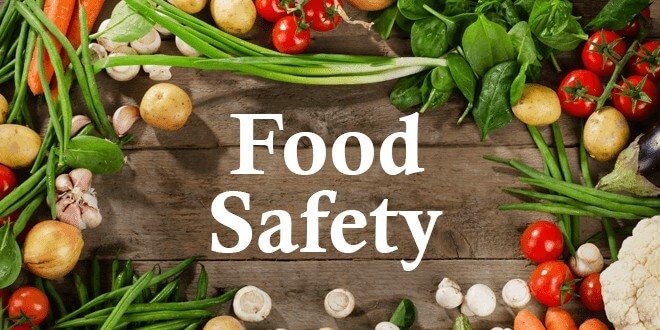The way the world manages land, produces and eats food has to change to curb global warming or food security, health and biodiversity will be at risk, a U.N. report on the effects of climate change on land revealed on Thursday.
According to the report, global population growth and changes in consumption patterns have caused unprecedented rates of land and water use. It called for big changes to farming and eating habits, but stopped short of explicitly advocating going meat free.
Ahead of the report’s release, Greenpeace activists in Switzerland unveiled a banner outside the meeting reading “Less Meat=Less Heat. Climate Action NOW!”
In a nearly 60-page summary for policymakers, the IPCC said that since the pre-industrial period, land surface air temperature has already risen by 1.53 degrees Celsius – twice as much as the global average temperature (0.87C).
Such warming has caused more heatwaves, droughts and heavy precipitation, as well as land degradation and desertification.
Human use directly affects more than 70% of the global, ice-free land surface and agriculture accounts for 70% of freshwater use.
Agriculture, forestry and other land use activities accounted for 23% of total net manmade greenhouse gas emissions during 2007-2016. When pre- and post-production activity in the food system are included, that rises to up to 37%.
“This is a perfect storm. Limited land, an expanding human population, and all wrapped in a suffocating blanket of climate emergency,” Dave Reay, professor of carbon management at the University of Edinburgh said, commenting on the report.
The latest report also warned of more disruption to global food chains as extreme weather events become even more frequent due to climate change.
It projects a median increase of 7.6% in cereal prices by 2050, leading to higher food prices and the increased risk of food insecurity and hunger.
Changes in consumption patterns have already contributed to about 2 billion adults now being overweight or obese, while an estimated 821 million people are still undernourished.
Per capita supply of vegetable oils and meat has more than doubled based on data since 1961 but currently, 25-30% of total food produced is lost or wasted.
Yields of crops such as maize and wheat have declined in some regions, while those of maize, wheat and sugar beets have increased in other regions in recent decades.
Also, land can be both a source and sink of carbon dioxide emissions, the main greenhouse gas blamed for global warming.
While forests can soak up heat-trapping gases from the atmosphere, desertification and deforestation can amplify warming due to the loss of vegetation cover and soil erosion.
Measures to cut emissions, such as the production of biofuels, biochar – made from biomass – as well as planting trees, will also increase demand for land conversion.
Reducing deforestation and forest degradation could result in a reduction of 0.4-5.8 gigatonnes of CO2 equivalent, the report said.
The Amazon, about 60 percent of which lies in Brazil, is the world’s largest tropical rainforest but was not directly mentioned in the summary for policymakers.
The rainforest is sometimes called the “lungs of the world” because of the vast amounts of carbon dioxide its trees absorb.
Brazil’s President Jair Bolsonaro has supported opening up protected areas of the Amazon to facilitate agriculture and mining since he took office in January.



